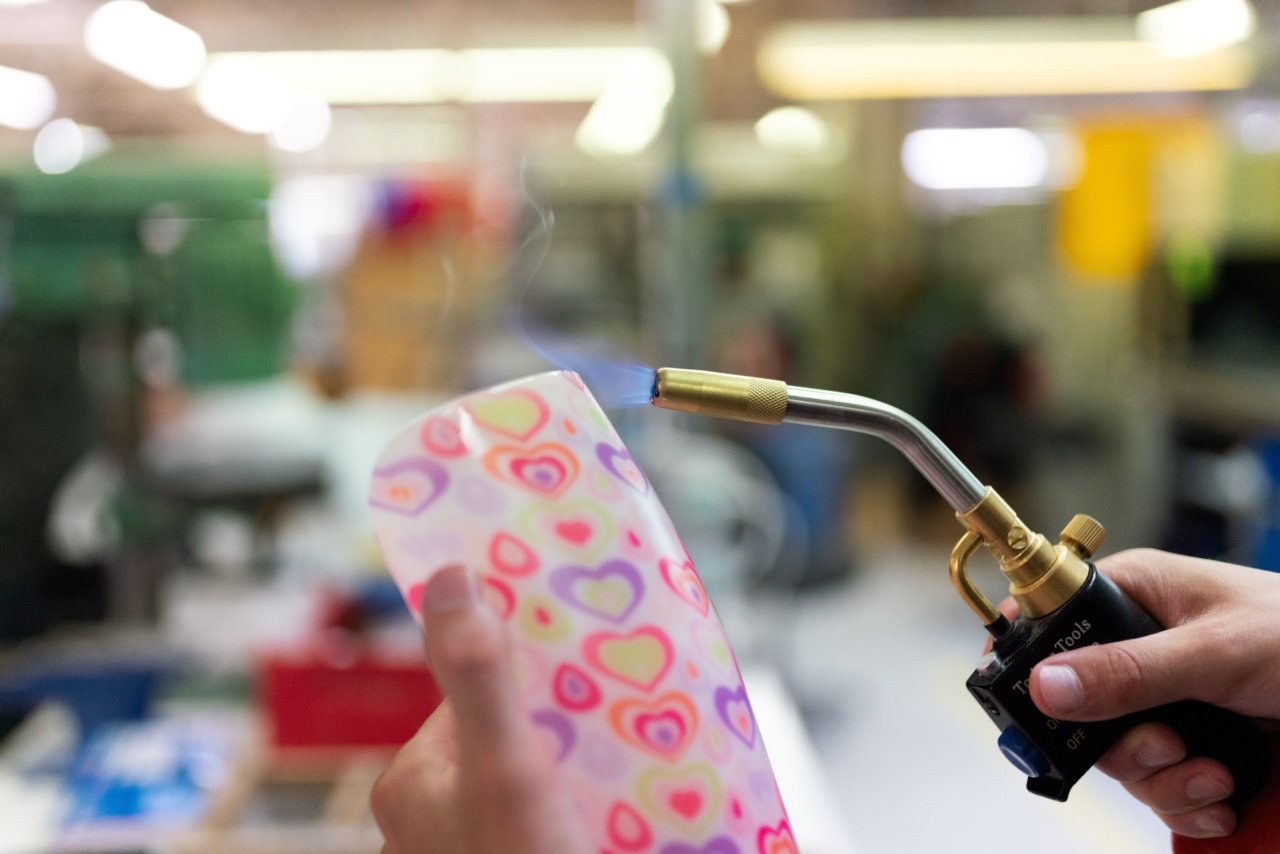Plastics are widely used in various industries due to their versatility and cost-effectiveness. However, in some applications, thicker plastics are required to meet specific requirements such as strength, durability, and impact resistance.
This article will explore strategies for making plastics thicker, including material selection, processing techniques, and post-processing options.
1. Material Selection
The choice of plastic material plays a crucial role in determining the achievable thickness. Some materials inherently have better flow properties and can be easily processed into thicker sections.
High-density polyethylene (HDPE), polypropylene (PP), and polycarbonate (PC) are examples of thermoplastics that can be readily formed into thick parts.
Engineered resins such as ABS (acrylonitrile butadiene styrene) and nylon offer enhanced mechanical properties compared to commodity plastics, making them suitable for applications that require thicker sections.
These materials provide better resistance to impacts, higher tensile strength, and improved dimensional stability.
2. Injection Molding
Injection molding is a widely used manufacturing process for producing plastic parts with varying thicknesses. It involves injecting molten plastic material into a mold cavity and allowing it to cool and solidify.
By properly designing the mold and controlling the injection parameters, it is possible to produce thicker plastic parts.
To effectively mold thicker parts, the following considerations should be taken into account:.
2.1 Mold Design
The mold design should incorporate features that facilitate proper material flow and cooling. The use of proper draft angles, ribbing, and gating locations can help prevent defects like warping and sink marks.
2.2 Gate Design
The gate design influences the flow of molten plastic into the mold cavity. For thicker parts, a larger gate size may be necessary to ensure sufficient material flow.
Multiple gates or properly placed hot runners can also help distribute the material evenly throughout the part.
2.3 Cooling System
Efficient cooling is essential for proper solidification of the plastic material. Adequate cooling channels should be designed to promote uniform cooling and minimize the risk of warpage.
Increasing cooling time and adjusting the mold temperature can also improve part quality.
3. Thermoforming
Thermoforming is a process that involves heating a plastic sheet and forming it into a desired shape using a mold or pressure. It is commonly used to produce larger and thicker plastic parts with a variety of shapes.
Thermoforming offers several advantages, including cost-effectiveness and the ability to produce complex geometries.
When aiming for thicker thermoformed parts, the following techniques can be employed:.
3.1 Preheating the Sheet
Preheating the plastic sheet before forming allows it to become more pliable, facilitating material flow and stretching. This can help achieve uniform material distribution in thicker areas and reduce the risk of defects such as thinning or tearing.
3.2 Multi-Step Forming
In complex thermoforming applications, multi-step forming techniques can be utilized. This involves multiple stages of forming with intermediate heating and cooling steps.
By slowly shaping the plastic, the risk of material thinning or excessive stretching can be minimized, resulting in a thicker part.
4. Blown Film Extrusion
Blown film extrusion is a popular method for producing plastic films of varying thicknesses. The process involves extruding melted plastic through a circular die, which inflates the plastic to form a tubular bubble.
The bubble is then collapsed and flattened to produce a flat film.
By adjusting the extrusion parameters and die design, thicker films can be produced:.
4.1 Die Design
The die geometry plays a significant role in controlling the thickness of the film. By modifying the die gap, land length, and air ring configuration, it is possible to achieve thicker films with precise control over the thickness profile.
4.2 Screw Design
The screw design in the extruder can influence the melt temperature and flow characteristics. Proper screw selection, such as a barrier screw or a mixing screw, can ensure uniform melting and homogenization of the plastic.
This can lead to consistent thickness in the extruded film.
5. Post-Processing Techniques
After the initial manufacturing process, additional post-processing techniques can be employed to increase the thickness of plastic parts:.
5.1 Thermoforming and Lamination
Thin plastic sheets can be thermoformed and laminated together to create thicker parts. This technique involves heating the sheets, forming them, and then bonding them together using heat and pressure.
The resulting part combines the strength of multiple layers while achieving the desired thickness.
5.2 Overmolding
Overmolding is a process that involves injecting plastic material over an existing part or substrate.
This technique can be used to create thicker plastic sections while providing additional benefits such as improved grip, cushioning, or aesthetic appeal.
Conclusion
When it comes to making plastics thicker, selecting the right materials, optimizing the manufacturing process, and employing suitable post-processing techniques are crucial.
Material selection should be based on the desired properties and processing capabilities. Injection molding, thermoforming, and blown film extrusion offer viable methods for producing thicker plastic parts.
By considering the design aspects, adjusting parameters, and using proper post-processing techniques, manufacturers can achieve the desired thickness while ensuring optimum performance.































